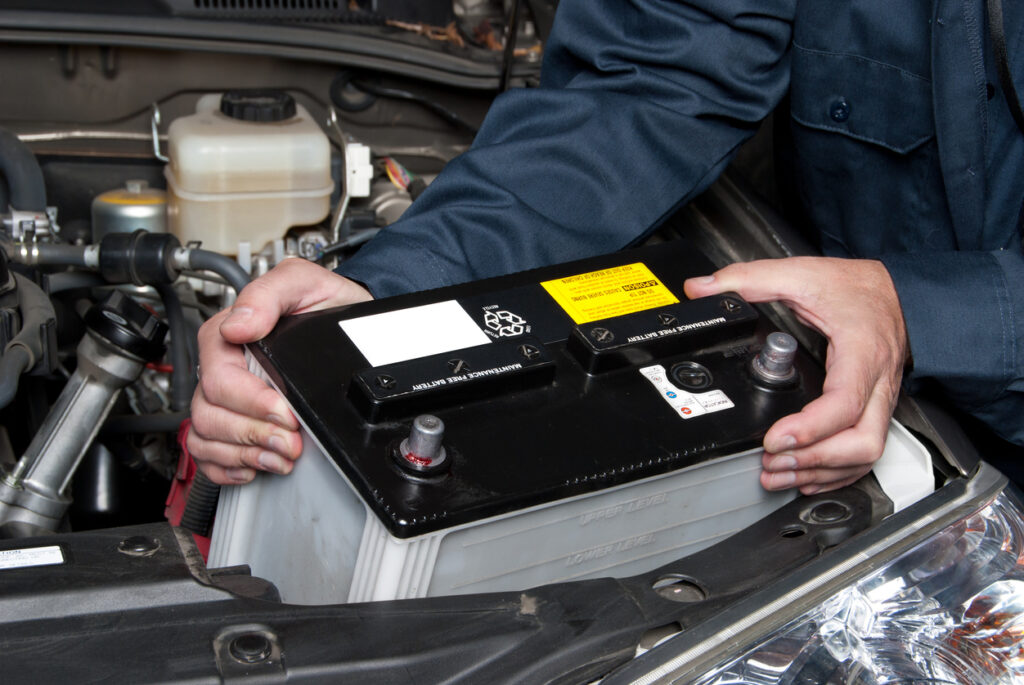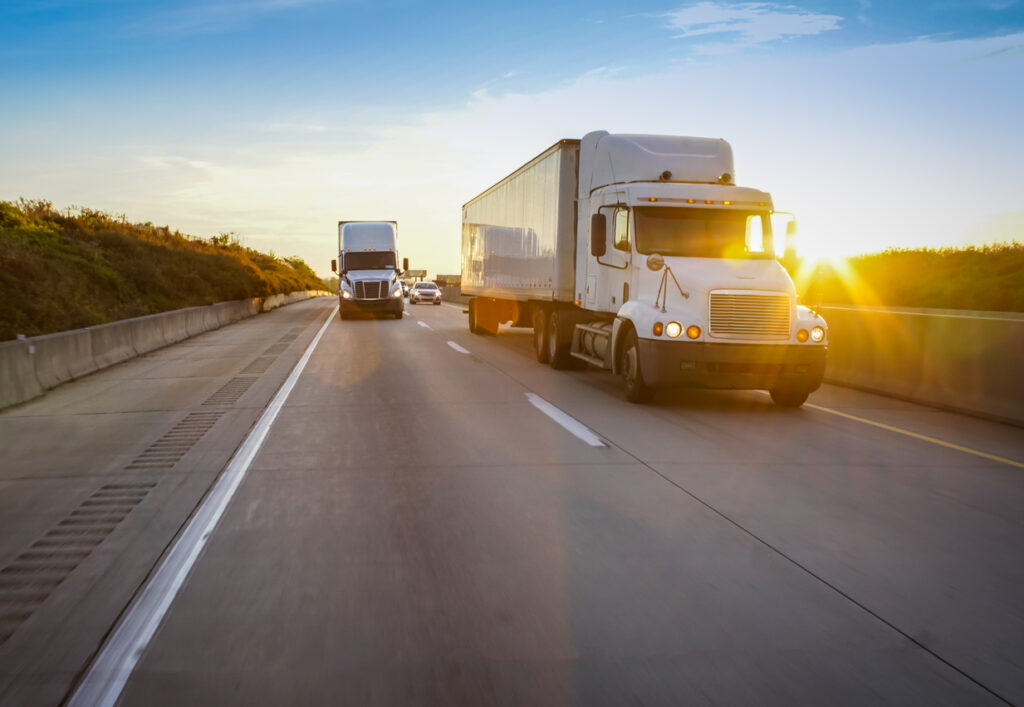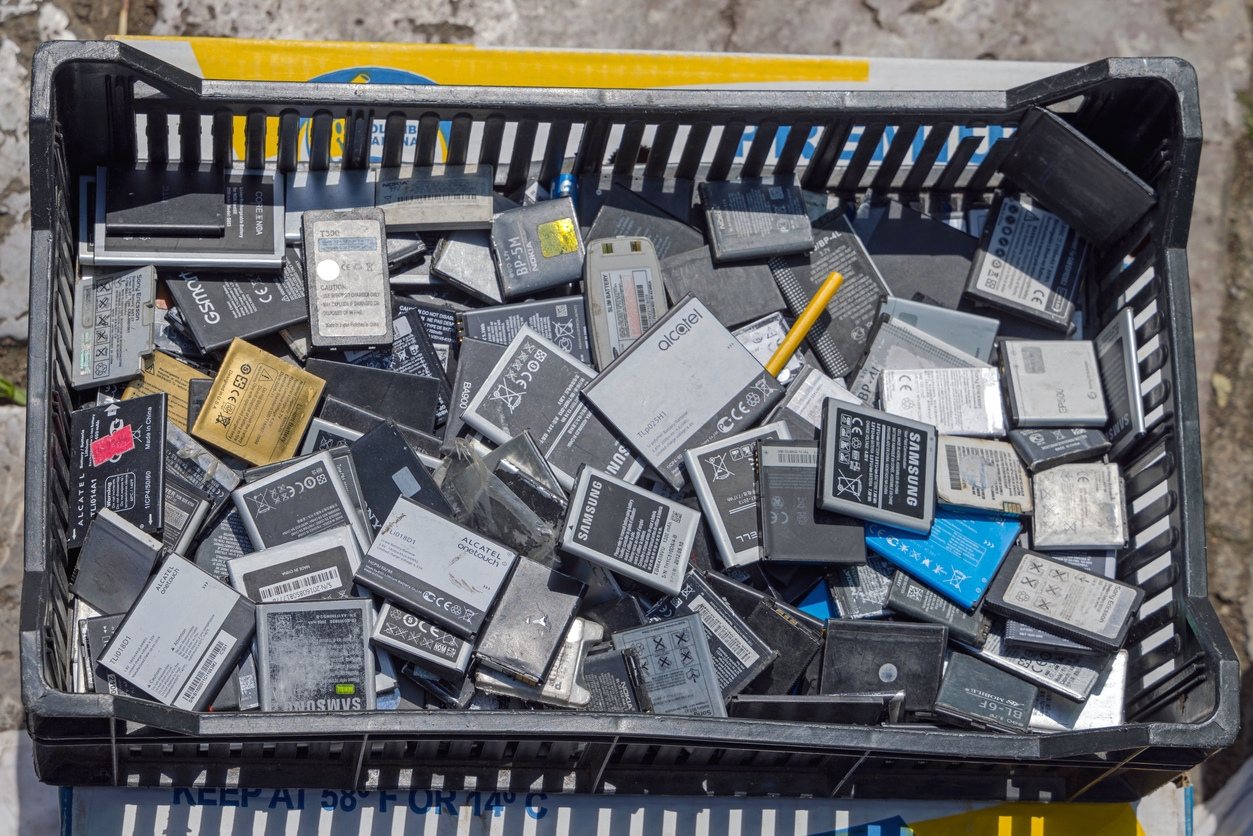Table of Contents
Guide to Safe Lithium Ion Battery Disposal
Lithium-ion batteries are now essential to our everyday existence in our fast-paced modern world, powering everything from electric cars to laptops and cell phones. But as these batteries end their useful lives, improper disposal can pose concerns to human health and the environment.
Renovar Labs will take you step-by-step through the correct disposal of lithium-ion batteries in our extensive guide, protecting the environment and your surrounding area.
Step 1: Understanding the Importance of Proper Disposal
It’s important to comprehend the reasons for proper lithium-ion battery disposal before moving on to the procedures. If not handled properly, lithium-ion batteries’ toxic constituents—nickel, cobalt, and lithium—pose major health and environmental concerns. These batteries can endanger human health and wildlife by contaminating land and water if they are not disposed of properly.
Step 2: Identifying Lithium-Ion Batteries
Since not all batteries are created alike, it’s critical to recognize lithium-ion batteries. Electric cars, power equipment, and electronic devices are frequently equipped with these batteries. Usually, a clear label will indicate the kind of battery, but if in doubt, check the manufacturer’s website or product handbook for details.
Step 3: Discharge the Battery Safely
Depleting the battery to a low voltage before disposing of it is important. During disposal, it lessens the chance of fire and other safety risks. If a battery discharge tool is available, use it until the battery-powered device switches off.
Step 4: Remove the Battery from the Device
The lithium-ion battery should be carefully taken out of the device it powers. Please remove the battery according to the manufacturer’s recommendations to prevent harm to the battery or the device itself. Use the proper tools to remove the battery, such as prying or screwdrivers.

Step 5: Inspect the Battery
Before moving further, check the battery for any obvious damage, leaks, or swelling. Disposing of damaged batteries in the general waste stream is inappropriate. Rather, they must be handled carefully to avoid mishaps and environmental damage. For advice on safe disposal, if the battery is broken, contact Renovar Labs.
Step 6: Tape the Battery Terminals
To minimize the risk of short circuits and potential fires, tape over the battery terminals with electrical or duct tape. This step is crucial to ensure that the battery does not come into contact with other batteries or conductive materials during transportation and disposal.
Step 7: Research Local Regulations
There might be regional laws and policies governing the disposal of lithium-ion batteries. To guarantee compliance, learn and familiarise yourself with your local regulations. Certain regions have places for disposing or recycling hazardous trash, including batteries, for the US.
Step 8: Choose the Right Disposal Option
Several disposal options are available, depending on your location and the type of battery. Common options include:
Battery Recycling Centers
Lithium-ion battery recycling and disposal are made possible by specialist battery recycling facilities in many locations. Check with your local authority or use online resources to find the closest recycling centre.
Retailer Drop-Off Programs
Certain merchants and electronics outlets provide battery recycling programs. They might offer containers or gathering spots to properly dispose of your used batteries.
Household Hazardous Waste Collection Events
Events for the collection of household hazardous garbage are frequently held by communities so that people can properly get rid of things like lithium-ion batteries. Pay attention to local announcements to learn about forthcoming activities in your region.
Step 9: Transport Safely
Be cautious when moving used batteries for disposal to avoid mishaps. To prevent them from contacting other batteries or metal objects, place each battery in its plastic bag or container. It is very crucial to do this action to avoid short circuits while lithium ion battery disposal.

Step 10: Final Disposal
After deciding on the best way to dispose of the batteries and properly transport them, adhere to the instructions given by the recycling facility or pickup program. Batteries may need to be deposited in specific containers at certain centres, whereas hazardous garbage may have its own space. Carefully follow these recommendations to guarantee that lithium-ion batteries are disposed of properly.
Conclusion
Our duty is not only to lithium ion battery disposal properly; doing so is essential to safeguarding the environment and public health. By adhering to this step-by-step approach, you can support sustainable electronic waste disposal and protect our world for future generations. Keep yourself educated, abide by local laws, and ensure that lithium-ion batteries are disposed of safely and responsibly to have a positive impact.
FAQ
Why is it important for proper Lithium Ion Battery Disposal?
Proper disposal prevents environmental contamination and health risks associated with hazardous materials like lithium, cobalt, and nickel in these batteries.
How can I identify lithium-ion batteries?
Look for distinct labels on the battery or consult the product manual. Commonly found in electronic devices, power tools, and electric vehicles.
Why should I discharge the battery before disposal?
Discharging reduces the risk of fire hazards during disposal. Use the device until it shuts down, or employ a battery discharge tool.
What should I do if the battery is damaged?
Damaged batteries should not be disposed of in regular waste. Consult local waste management for guidance on safe disposal.
Why tape the battery terminals before disposal?
Taping prevents short circuits and potential fires. Use electrical or duct tape to cover the battery terminals.
Are there specific regulations for lithium-ion battery disposal in my area?
Yes, research local regulations to ensure compliance. Check for designated drop-off locations, lithium ion battery recycling centres, or household hazardous waste collection events.


